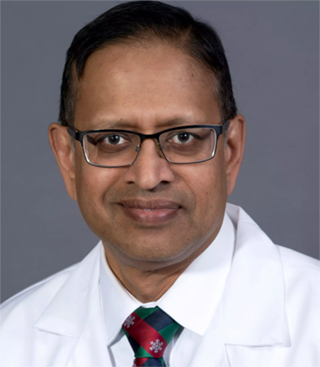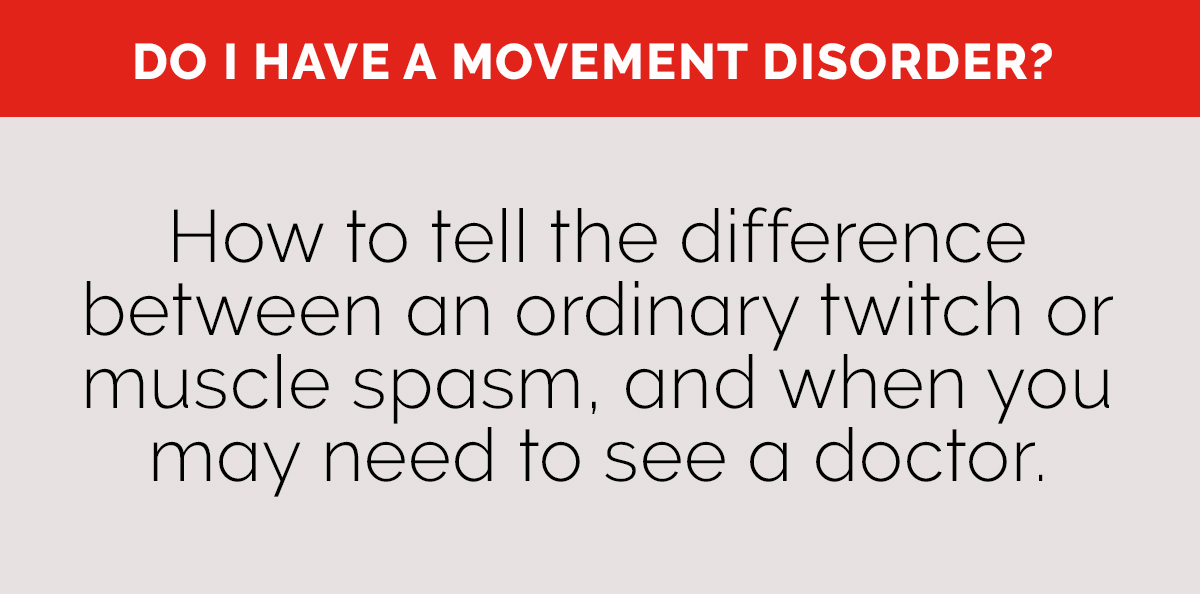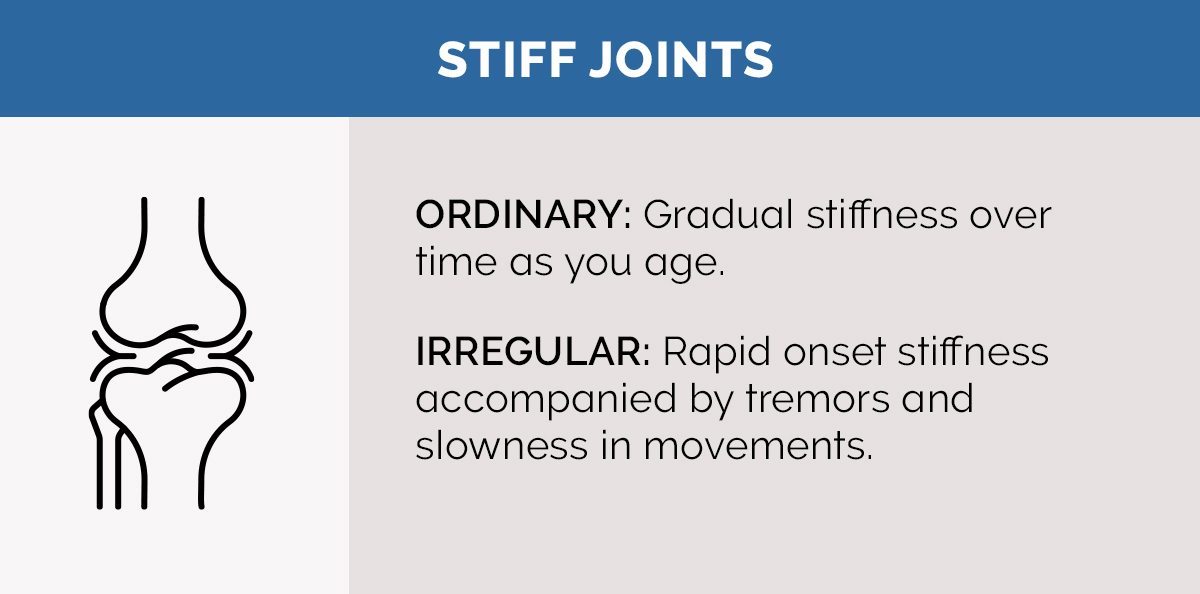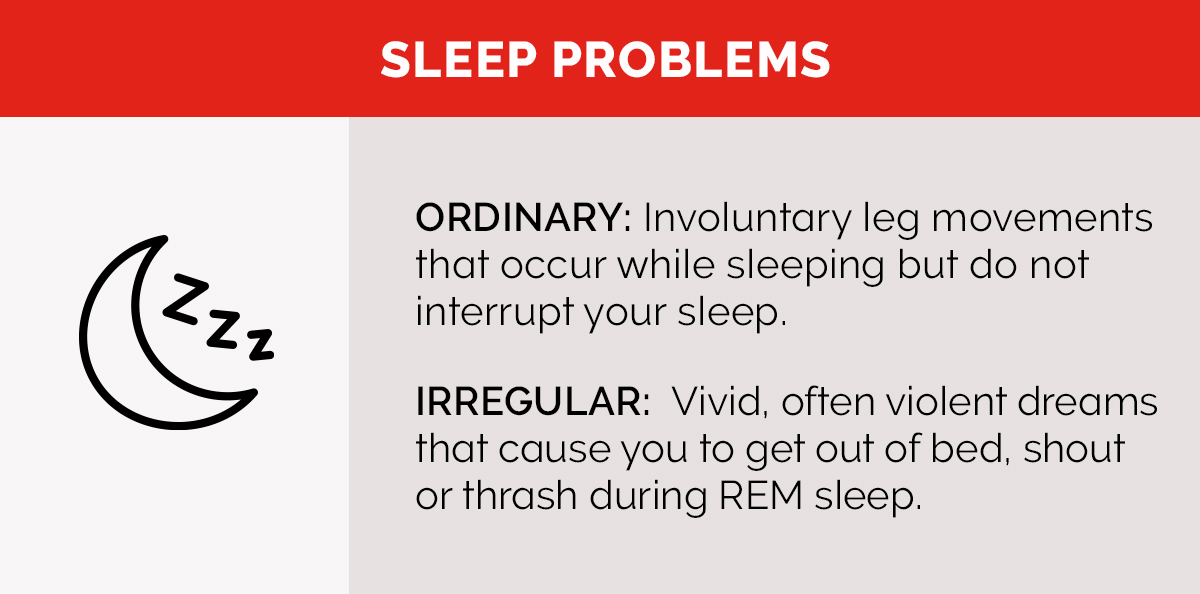Movement Disorders Explained
Three experts share the signs and symptoms of movement disorders, such as Parkinson’s disease and essential tremor, and the cutting-edge treatments available.

Movement disorders – a category of more than 30 neurological conditions that cause abnormal body movements – affect approximately 40 million people a year, according to the Parkinson and Movement Disorder Alliance. While Parkinson’s disease and essential tremor are the most common movement disorders, each one comes with its own set of symptoms and treatments.
“While movement disorders are not curable, we have a wide variety of treatments that allow us to control people’s motor symptoms,” says Dr. Miran Salgado, a movement disorder specialist and chief of neurology at NewYork-Presbyterian Brooklyn Methodist Hospital. “With all the different medications and surgical options, we are often able to slow the progression of these diseases and help patients maintain their quality of life.”
To learn more about the signs and symptoms of movement disorders, and the latest tools used to treat them, Health Matters spoke to three leading neuroscientists: Dr. Salgado; Dr. Michael Kaplitt, director of Functional and Stereotactic Neurosurgery at NewYork-Presbyterian/Weill Cornell Medical Center and Vice-Chair for research in the Department of Neurological Surgery at Weill Cornell Medicine; and Dr. Gordon Baltuch, co-chief of Functional Neurosurgery at NewYork-Presbyterian/Columbia University Irving Medical Center.

Dr. Gordon Baltuch
What are movement disorders?
Movement disorders are a group of neurological conditions that involve abnormal movements in patients. There are a number of different types of movement disorders, but the two most common ones are Parkinson’s disease and essential tremor. Other less common movement disorders include ataxia, dystonia, Huntington’s disease, and Tourette syndrome.
What do you mean by abnormal movements?
There are basically two categories of abnormal movements: hyperkinetic movements, which means there are excessive movements, and hypokinetic movements, which means a lack of movements. Essential tremor and dystonia would be an example of hyperkinetic movements, characterized by shaking, jerking, or involuntary movements. Parkinson’s falls broadly under the category of lack of movements because although it involves tremors, the disease causes slowness and stiffness in a person’s movements.
What are signs that you may have a movement disorder?
Everything that shakes is not Parkinson’s disease or a movement disorder. If you have a tremor, a twitch, a tic, cramping or stiffness that is transient – meaning it comes and goes and isn’t associated with other health issues like memory loss – and it doesn’t impact your quality of life, what you’re experiencing is probably not a movement disorder.
However, if the symptoms are recurrent or if you experience a rapid increase in stiffness or slowness when getting out of a chair or buttoning your shirt, those might be signs of a movement disorder. If you suddenly start to have trouble picking up a cup of coffee due to tremors in your hand, or your limbs become so rigid you have trouble moving, you should talk to your doctor.
What happens in your brain that causes movement disorders?
In essential tremor, the normal systems that we rely on to modulate movements stop working well. As a result, you get a tremor when you try to do something involving fine motor skills, like picking up a cup or writing with a pencil. Parkinson’s disease is a neurodegenerative disease, meaning there’s cell loss in the brain, and it usually occurs as people age. Because you have significant cell loss, that affects the circuitry and can create a whole host of motor and non-motor symptoms.
Are these disorders genetic?
Some movement disorders, like dystonia and essential tremor, can be genetic, while essential tremor can occur spontaneously or run in the family. Parkinson’s disease, on the other hand, is not genetic for the most part.

Dr. Miran Salgado
How are movement disorders treated?
There are lots of treatment options with medication management and surgical interventions that can help control the symptoms and improve your quality of life. In the case of Parkinson’s, patients can also modify their lifestyles. Diet, exercise, and controlling co-morbidities like high blood pressure or high blood sugar can help to slow down the progression of this disease.
What happens if medications aren’t enough to control the symptoms?
Most people with a movement disorder will find success in managing their symptoms through medications or lifestyle changes. But for some, they might become intolerant of the medications over time, they might have such bad side effects that the person can’t take the medicine anymore, or the disease has progressed to where it has significantly impacted a person’s daily activities. In those cases, surgical interventions, such as deep-brain stimulation or high-intensity focused ultrasound, will be considered.
What’s important for people to keep in mind if they or a loved one are diagnosed with a movement disorder?
We have a confluence of great technologies in terms of diagnosing and treating movement disorders, and there are a variety of medications that are quite effective at managing the symptoms to help people maintain their quality of life.

Dr. Michael Kaplitt
High-Intensity Focused Ultrasound
High-intensity focused ultrasound is a noninvasive type of neurosurgery for patients with essential tremor; tremor-dominant Parkinson’s disease; or mobility, rigidity, or involuntary movements due to advanced Parkinson’s disease. It was approved for this use by the FDA in 2016; Dr. Kaplitt, who is also a professor of neurological surgery at Weill Cornell Medicine, was the first neurosurgeon in New York to use this procedure to treat essential tremor. Here, he and Dr. Baltuch, who is also professor of neurosurgery at Columbia University Vagelos College of Physicians and Surgeons, explain how surgeons use ultrasound waves to reduce people’s tremors.
Ultrasound beams are focused onto the brain. A patient is in a magnetic resonance imaging (MRI) machine with a helmet that has thousands of sources of ultrasound. These ultrasound beams can safely go through the human skull and enter the brain.
MRI technology guides the ultrasound beams. The MRI machine lets clinicians map out the connections in the brain to better identify not only the circuits in the brain they want to target, but also the nearby circuits to avoid.
All ultrasound beams point to the same spot. Neurosurgeons deliver a large amount of energy to a single point to heat up and destroy the abnormal circuitry. It’s like using a magnifying glass to focus beams of sunlight to burn a leaf or a piece of paper. Removing the dysfunctional circuits in the brain allows the rest of the circuitry to function more normally.
Recovery time is short. Because this is a non-invasive procedure, patients can often go home as soon as an hour after the procedure, with their tremors reduced or gone. Within the NewYork-Presbyterian system, neurosurgeons who perform the procedure collaborate closely with patients’ local neurologists for follow-up care.
Looking at new ways to use focused ultrasound. For movement disorders, high-intensity focused ultrasound is only FDA approved for the treatment of certain movement disorder symptoms. NewYork-Presbyterian and Weill Cornell Medicine are conducting clinical trials and leading research to explore new ways to use this technology.
“Movement disorders are complicated diseases, but we have a very broad network of expertise at NewYork-Presbyterian in surgical and non-surgical treatments,” says Dr. Kaplitt, who is also a professor of neurological surgery at Weill Cornell Medicine. “We were the first academic medical center in New York to have a high-intensity focused ultrasound device and the first to offer this procedure. Through this technology, we’ve given hundreds of patients back their ability to hold a cup or write with a hand they haven’t been able to use, in some cases, for decades.”
Additional Resources
Click here to learn more about the Parkinson’s Disease and Movement Disorders services available at NewYork-Presbyterian.
Visit NewYork-Presbyterian Brooklyn Methodist Hospital’s Center for Parkinson’s Disease and Other Movement Disorders or call 718-246-8820.
Click here for more on the Movement Disorders services at the Weill Cornell Medicine Brain and Spine Center.
Learn more about the Division of Movement Disorders at Columbia University Irving Medical Center.





